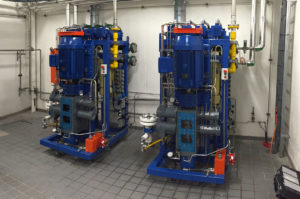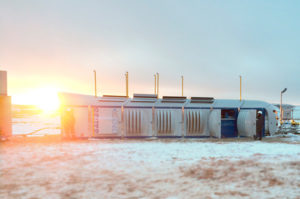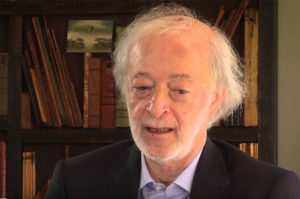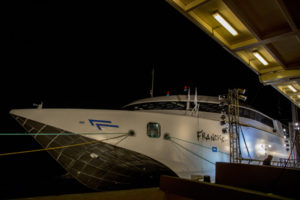LNG: Interview with Osvaldo del Campo, CEO, Galileo Technologies
Our LNG Distributed Production Solutions are designed to condition and liquefy natural gas and/or biogas right at the source.
Galileo has been shortlisted for the CWC LNG Technological Innovation Award at the 17th World LNG Summit this year for introducing LNG Distributed Production. Can you tell us more about this technology?
Our LNG Distributed Production Solutions are designed to condition and liquefy natural gas and/or biogas right at the source. This is possible because our ZPTS Gas Conditioning plant widens the sources available for liquefaction, from sources with high content of CO2, such as biogas, to even simpler gas compositions that require minimal dehydration, and because our Cryobox LNG-Station packages all the capabilities of a large scale LNG plant into one compact unit. Both units can be hauled by two separate trailers to connect them later on to natural gas mains, biodigesters, or upstream equipment in a distant oil & gas field. Once these units are installed and commissioned, the 15 metric tons (10,000 gallons) of LNG produced on-site per day can be transported via Virtual Pipeline in order to be consumed as a diesel substitute by high horsepower users or injected into natural gas networks.
What are the advantages of using LNG Distributed Production?
By turning natural gas into LNG, or biogas into LBM, and enabling distribution logistics that are equal to liquid fuels, this model makes clean gas fuels available without the need of laying pipelines, extending the reach of current natural gas infrastructure or shortening the distance between new gas sources and consumers. This means lower emissions, reduced costs from fuel production and distribution, or new sources of profitability. For example, we can capture and monetize resources which lacked value before and caused a severe environmental impact as with natural gas when flared. At the same time, we can boost the exploitation of new wells, since gathering and gas transportation activities can be performed with a reduced CAPEX, while the LNG can be consumed as a diesel substitute fuel for drill-rig power generation and frac-water heating, as we are doing in the Bakken region of North Dakota, in United States.
Are we seeing more widespread adoption of LNG among high horsepower consumers as a result of this technology?
The projects we are developing in Argentina, United States, Canada, Colombia and Australia will showcase how natural gas from new sources, when liquefied on-site, can reach any market and serve new high horsepower consumers. In Argentina, we are building a new USD 100 million-LNG thermal power station, where the LNG supply will be obtained by flare gas reduction from scattered wells, connected via Virtual Pipeline. This way, we will produce 40.5 megawatts of power to cover the needs of 15,000 households in a first stage, and we expect to reach 120 megawatts in a year.
What does being shortlisted for the CWC Technological Innovation Award mean to Galileo?
We are very pleased for being shortlisted for this award. Throughout our history, we have invested significantly into R&D which allowed us to grow steadily. It is also an opportunity to inspire others and share together new ways of doing business in terms of carbon footprint reduction and energy efficiency.
Source: http://lnghub.biz/
Related news

Galileo supplies Compressed Biomethane Gas from urban sewage sludge in Norway

LNG: Galileo introduced an on-site flare reduction solution to Terra Energy

LNG: “the Cryobox will generate broad world demand”
